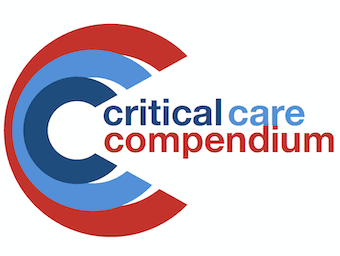
Troubleshooting PAC measurement
Troubleshooting Pulmonary Artery Catheter measurement
The LITFL Critical Care Compendium is a comprehensive collection of pages concisely covering the core topics and controversies of critical care.

Troubleshooting Pulmonary Artery Catheter measurement

USES measurement of oxygenation saturation from mixed venous blood (SvO2) in the pulmonary artery requires Pulmonary Artery Catheter insertion in most clinical settings DESCRIPTION measures the end result of O2 consumption and delivery METHOD OF INSERTION AND/OR USE O2 flux…

PAOP or PAWP is pressure within the pulmonary arterial system when catheter tip ‘wedged’ in the tapering branch of one of the pulmonary arteries
in most patients this estimates LVEDP thus is an indicator of LVEDV (preload of the left ventricle)

Central venous oxygen saturation (ScvO2) surrogate for SvO2 thus provides a surrogate measure of oxygen flux, reflecting the balance between oxygen delivery (DO2) and consumption (VO2).

EGDT: Within 6 hours of presentation to the Emergency Department intensive monitoring of specific circulatory parameters with the aggressive management of 5 key parameters to specified targets to optimise oxygen delivery to tissues.

SvO2 vs ScvO2: used as a measure of the adequacy of total body O2 delivery; can be both displayed continuously

AGENTS CLINICAL FEATURES INVESTIGATIONS SPECIFIC MANAGEMENT AND TRIGGERS FOR INTERVENTION Cyanide Carbon monoxide Methaemoglobinaemia References and Links

Paracetamol overdose is the most common cause of fulminant hepatic failure in the USA (39% of cases). Paracetamol-induced hepatotoxicity is defined as a peak elevation in hepatic transaminases (ALT or AST) > 1000 IU/L in the context of paracetamol overdose

Fulminant Hepatic Failure = rapid onset of encephalopathy in conjunction with hepatic synthetic failure.

Local Anaesthetic Toxicity-> sodium channel blockade -> arrhythmias and neurotoxicity

Reviewed and revised 14 September 2014 OVERVIEW Methaemoglobinaemia is the state of excessive methaemoglobin in the blood CAUSES Congenital Acquired (toxin/drugs) CLINICAL FEATURES INVESTIGATIONS MANAGEMENT Resuscitation Specific therapy Supportive care and monitoring REASONS FOR FAILURE OF METHYLENE BLUE Consider the…

True sympatholytic agents (e.g. alpha-blockers like phentolamine, and vasodilatory agents such as GTN, SNP, etc)≥ Also beta-blocker; ca2+ blocker;
clonidine; digoxin